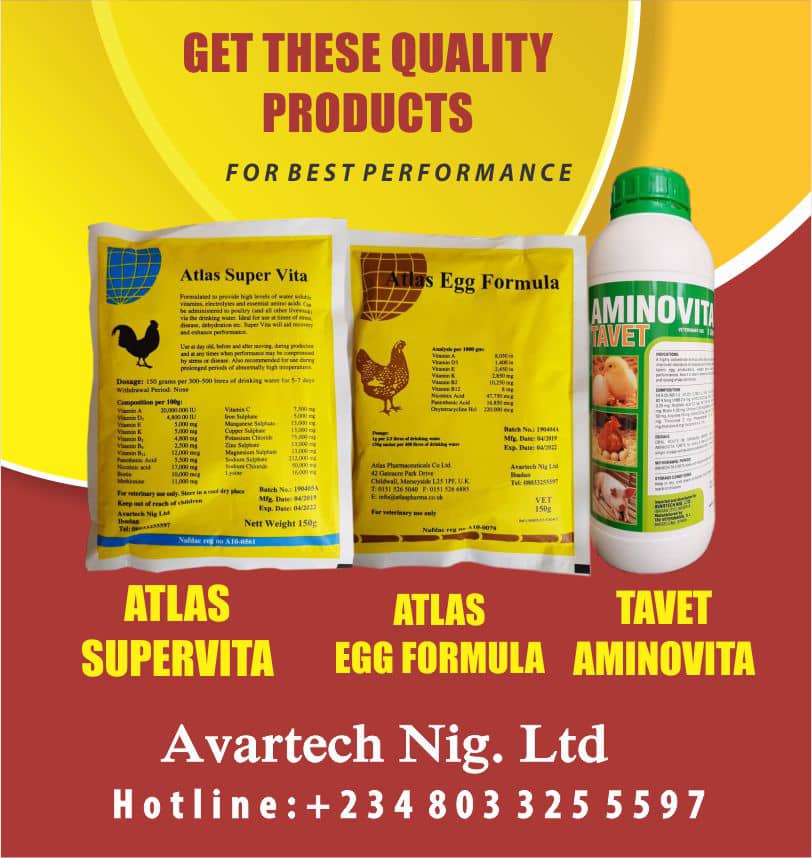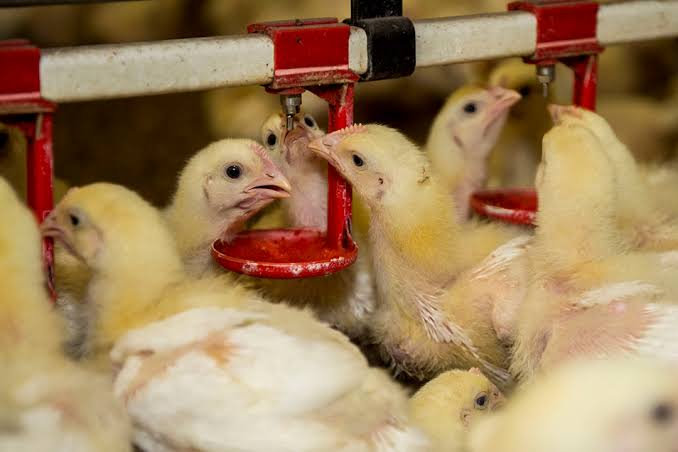Expert Advice on Efficient and Safe Drinking Water Systems for Poultry
Efficient use of water and high water-quality standards are essential for the poultry industry, where collecting and holding water presents a great risk of harbouring diseases such as avian influenza.
 Learn More
Learn More
Flock-keepers understand how poor water quality and inefficiencies of drinking systems can affect health and performance – as well as the environmental concerns around poultry production.
On average, 1,000 adult layers consume 200 litres/day, while broilers consume 6,000 litres for each 1,000 birds over the flock’s lifetime.
Waste and inefficiencies have a cost – but there is more that can be done to reduce this, according to Richard Turner, poultry vet and director at St David’s Poultry Team.
ATTENTION: Click “HERE” to receive More updates directly on your WhatsApp!
Conservation v efficiency
While other farming sectors are implementing water recovery methods such as rainwater harvesting to reduce costs, improve efficiencies and alleviate pressure on natural resources, Mr Turner strongly advises poultry farmers against using captured run-off water.
Standing water poses a very high disease risk to the flock, with avian influenza a major concern – and there is no product or equipment on the market that can remove this risk.
READ ALSO: The First Line of Defence for Poultry Bird Health
Biosecurity must remain the priority and producers need to weigh up risk, not only from wild bird populations, but that of disease transmission between flocks.
Instead of focusing on capturing water as a means of reducing usage, he advises producers to assess water cleanliness and protocols to ensure bird potential is maximised from the available inputs, and review and reduce water waste (see “Water cleaning systems compared” below).
There is another gain poultry producers can make from such improvements.
“Water intake is very closely related to feed conversion ratio (FCR),” says Mr Turner. “Poor-quality water, or inadequately accessible water, is detrimental to health, feed intakes, and ultimately the conversion of nutrients to meat and eggs.
“Water really needs to be seen as part of the whole nutritional package.”
Water and nutrition
Producers spend a lot of time and money on nutrition and health products to promote the microbial health of the gut, which drives the performance and health of the bird, says Mr Turner.
But some water sources, particularly boreholes, can have heavy metal residues and variable mineral profiles.
READ ALSO: Using Okra fruit to Enhance Broiler Productivity and Meat quality
Water sanitation
When it comes to water sanitation products, farmers need to understand what they are buying.
“There is a multitude of products. But labelling can be unclear, which can result in purchase of a product for a job it doesn’t do – not all will target bacteria, for example,” Mr Turner says.
It is also important to look at how water cleaning products are applied.
“You need the right chemicals, the right kit and the right training; without these producers risk under- or overdosing.” Improper use increases costs and could have implications for the birds.
Water should be tested at different points throughout the system, and equipment needs to be well maintained, says Mr Turner.
“The efficacy of some chemicals can be affected by high levels of minerals, and for large houses it is important to ensure water sanitation is happening at the very end of the drinker line too,” he says.
“It reiterates why it is important to test water at different points through the system; from the start of the water source through to the end of the drinker lines. And, of course, equipment needs to be well maintained.”
Water cleaning systems compared
Silver-activated hydrogen peroxide
Used widely, particularly on smaller farms, the chemical is applied manually or via a dosing pump.
Higher dose rates can be used at turnaround to remove biofilms from heavily contaminated drinking lines – sometimes requiring more than one dose, with careful monitoring.
Equipment costs for a pump equate to about £1,000, with chemical costs at 50p/1,000 litres treated, making it a cheap capital cost but a more expensive variable one.
Acidified chlorine
Favoured by broiler systems, this mix of short-chain fatty acids and chlorine drop the pH of the drinking water to 4 (acidic), keeping lines relatively clear while providing gut health benefits to the birds.
However, organic matter can inhibit chlorine so biofilms can form. Using silver-activated hydrogen peroxide at turnaround will help manage this issue, and water testing is essential.
The chemical is applied manually or through a dosing pump. Capital costs are higher at £2,000, but chemical costs can be as low as 1p a broiler.
Chlorine dioxide
A strong biocide with good antibacterial and antiviral properties, this can effectively remove biofilms.
It requires proper automated dosing equipment – self-mixing allows for too many anomalies and can risk operator and animal health.
Automated dosing equipment has an estimated cost of £10,000 and a chemical cost of about 10p/1,000 litres of water treated.
This system is best suited to larger farms as the capital investment can be spread.
ATTENTION: Click “HERE” to receive More updates directly on your WhatsApp!
Quick wins and considerations for water efficiency
Jo Mettrick, managing director at Lubing UK, gives his advice on managing water wastage.
Leaks and spills
The first and most obvious step is to check the shed for any signs of leakage from the drinking system or spillage from drinkers, Mr Mettrick says.
“A common cause of wastage from nipple drinkers is incorrect pressure; too high and you will get leakages and spray, which will wet the litter.”
He advises checking the elevation of the water tank, the line gradient, and pressure regulator breather tube – and to be mindful that too low a pressure will cause inadequate water supply to the birds.
Drinker positioning
Nipple drinkers should be positioned so that when a bird is standing to drink it reaches – rather than stretches – to the nipple with a 45-50deg angle of the neck and back.
“This will allow the water to flow from the nipple into the beak,” he explains. “If they have to turn their head sideways then they will struggle, resulting in spillage and wet litter.”
Drinker height should therefore be adjusted according to the birds’ height and age; and if there is variation in bird uniformity that needs to be addressed.
Bell drinkers have similar considerations, including checking water levels in the bell trough.
Meter and monitor
Producers might consider incorporating a pressure gauge and regulator, filter, Dosatron medicator, and water meter to the system, connected to the environmental control unit.
“This will allow the producer to monitor water usage and be alerted to any fluctuations in use, including sudden increases due to leaks.”















